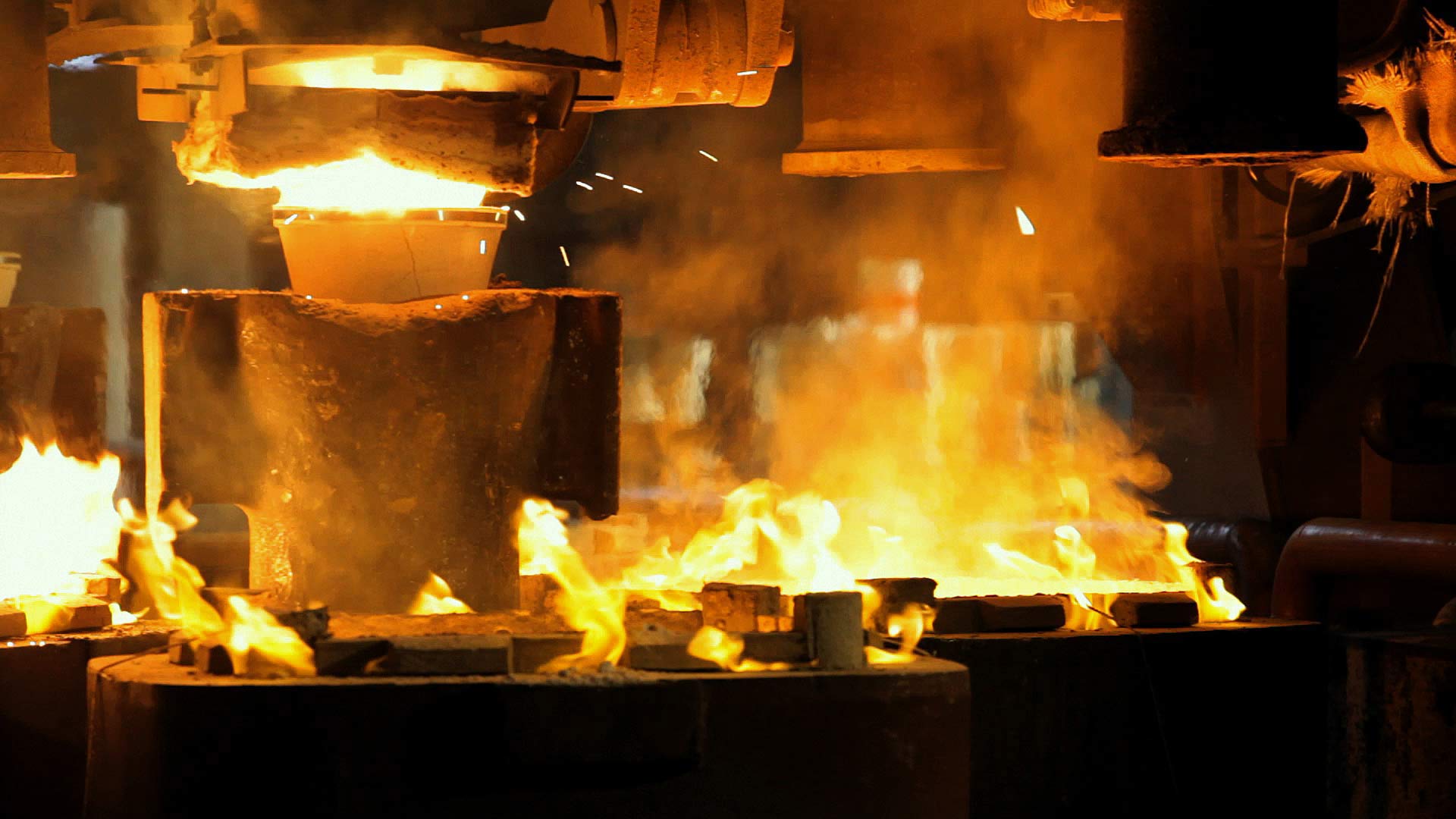Scegli l'unità di misura in cui visualizzare i dati:
Valbruna Grade
VAL5
Steel type
Martensitic Alloy Steels
Description of material
VAL5 is Chromium –Silicon Martensitic steel used for intake valves and the stem portion of bimetallic valves. This grade is not a stainless steel.
Applications
Intake valves for gasoline and diesel internal combustion engines with operating temperature up to 540° C. In addition, VAL5 could be used in low stressed exhaust valves but it’s useful to point out that, as with all martensitic alloy steel grades, it shows an increase of elongation with a rapid decrease in strength at temperatures above 600°C.
Melting practices
Argon Oxygen Decarburization
Corrosion resistance
VAL5 has a fair resistance to oxidation and hot corrosion in combustion products environments that form inside diesel and gasoline engines operating up to 540°C and its scaling temperature is about 650-700 °C.
Cold working
VAL5 has a good machinability in the hardened and tempered condition. Cold shearing, band or circular sawing and grinding wheel cutting can be used. In the case of turning, its machinability is approximately comparable to hardened and tempered alloy steels and could be only improved with a right choice of cutting fluids, tools and machining parameters.
Weldability
In solid state joining such as Friction Welding, VAL5 provides a quality bond line. When friction welded with head pieces of austenitic or Ni alloy grades, a stress relieving or tempering of valve must be done in order to soften the martensitic structure of the HAZ and bond line.
Hot working
VAL5 has a very good hot plasticity and is suitable for processing by hot extrusion or by upsetting with electric resistance heating. However, overheating must be always avoided. The choice of hot working temperature and process parameters must always evaluate both the strain rate and the consequent increasing of temperature that is reached after hot deformation. High strain rates and temperatures at the top end of the range during the extrusion and forging process, could generate internal bursts of stems of valves. The same care is required for electrical upsetting process in order to maintain the right geometry of the bulb and to avoid hot cracks and internal shortness of the head valve. A low or medium temperature range of hot working is recommended. In the case of close die forging of large size valves, a slow cooling after forging is suggested.
Heat treatment
VAL5 must be always hardened and tempered in order to increase its mechanical properties and stress relieving after friction welding must be always done. Using VAL5 in annealed condition must be avoided.
Designations
| W.N. | 1.4718 |
|---|---|
| EN | X45CrSi9-3 |

